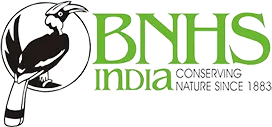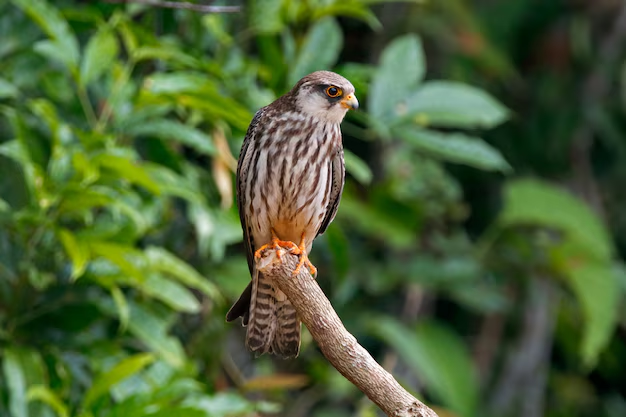
Bombay Natural History Society- Amur Falcon Project
- Nagaland

The Bombay Natural History Society (BNHS), one of India’s oldest and most respected conservation research organizations with a 150-year legacy, is leading a dynamic conservation and community development initiative in Nagaland. This project focuses on protecting the globally migratory Amur Falcon while improving the socio-economic resilience of local communities historically engaged in hunting practices. This project combines conservation education with livelihood enhancement to ensure sustainable protection of this flagship species. The purpose of this contribution was to further Ataavi’s charitable goals of promoting bird conservation and environmental awareness across India by enabling credible collaborators to execute high-impact, region-specific conservation programs in alignment with our thematic focus areas and charitable objectives.
Objectives
- Strengthen grassroots conservation of the Amur Falcon in key roosting sites across Wokha and Peren districts.
- Transform hunters into protectors through skill development and conservation education.
- Promote alternative livelihoods such as rubber tapping, fish processing, and eco-tourism to reduce dependence on wildlife exploitation.
- Build long-term community stewardship through awareness campaigns, school eco-clubs, and youth engagement.


Pushkar Nargolkar
An avid birder, nature educator, inspires youth towards bird and nature conservation through creative outreach and leads bird walk.
Outcomes
- Rubber Tapping Skill Development: 20 participants (including 15 ex-hunters) trained through an 8-day hands-on program in Okotso, in collaboration with the Rubber Board of India
- Conservation Education: Awareness programs conducted in multiple villages (e.g., Old Aree, Makhurung, Okotso), reaching community leaders, students, and teachers
- Green Action: World Environment Day celebrated with 279 participants from Montfort School, involving tree planting, clean-up drives, and creative competitions
- Illustration and Outreach: Visual and interactive tools including posters, eco-games, and presentations were used to make conservation education accessible and engaging.

